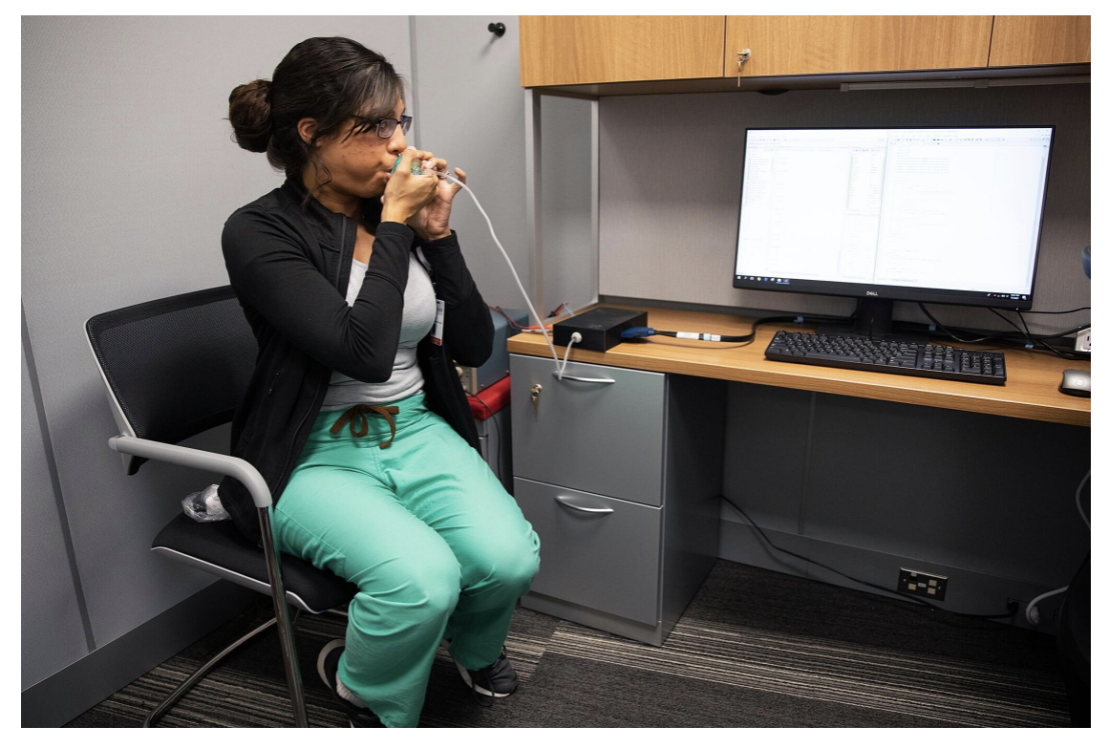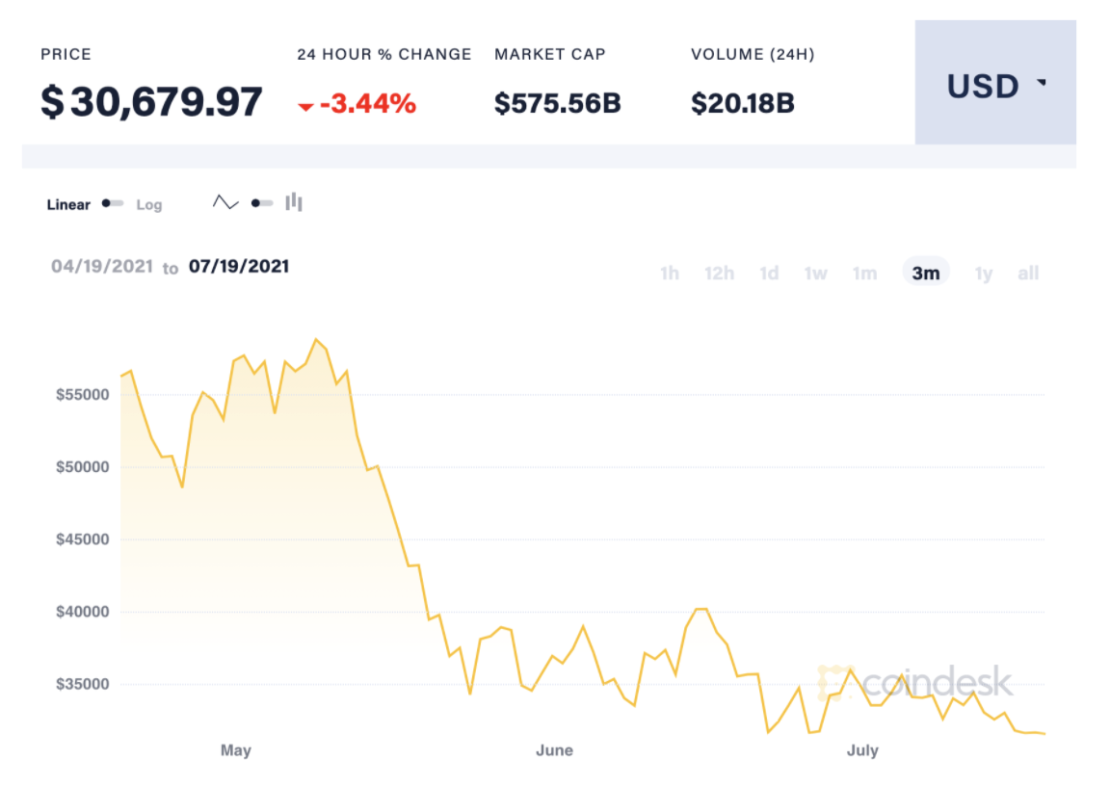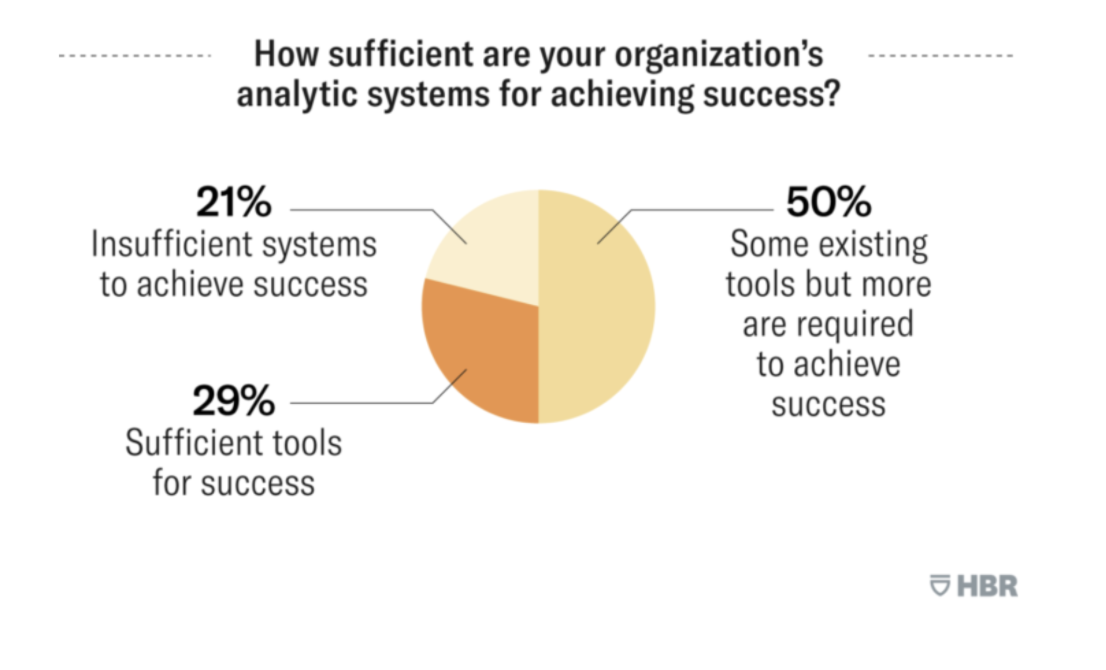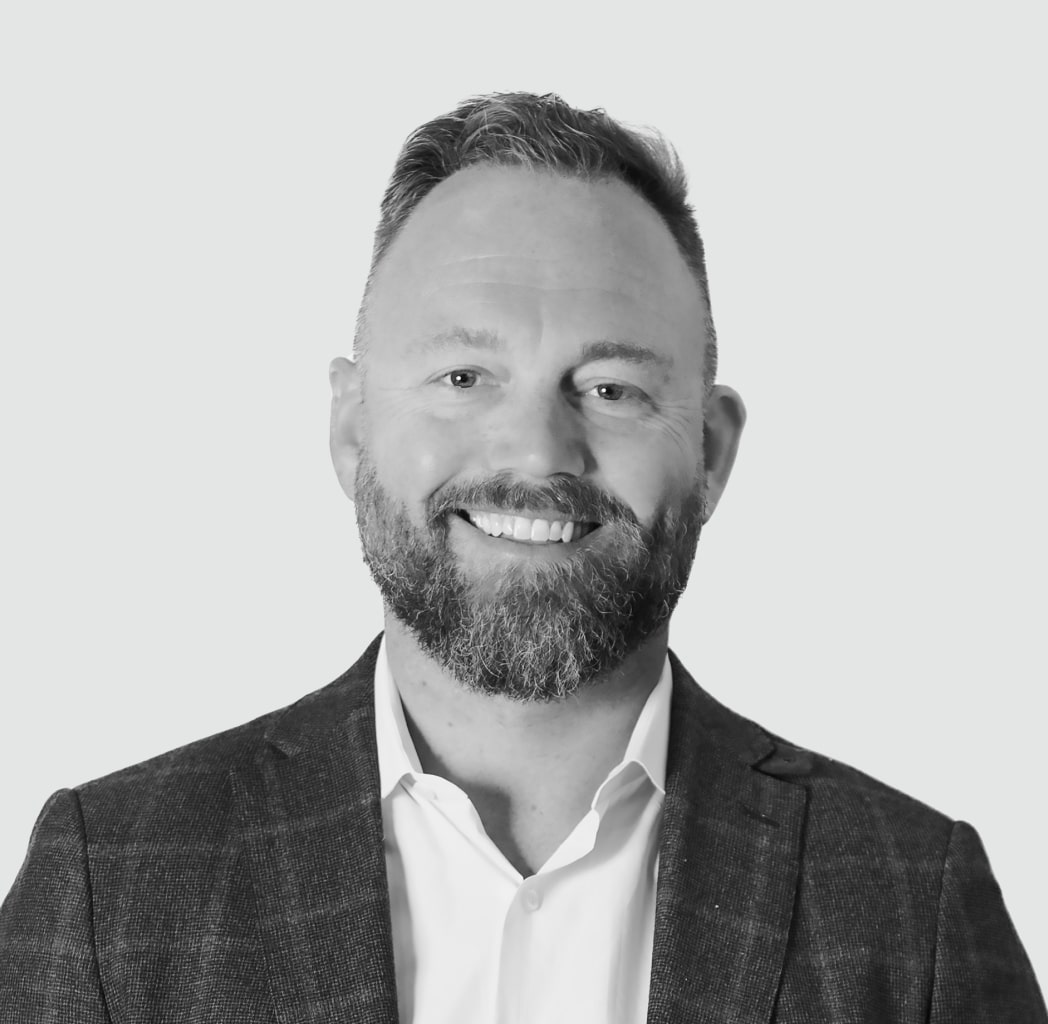
For some time, I’ve been looking for one “source” that curates modern takes on HR Tech, perspectives from the people who build it, and its impact on enterprise — something that’s tailor-made by professionals for decision-makers.
I never found it — so I decided to build it.
Every week, I’ll be sharing fresh insights on tech platforms, design, data, and the future of work — straight to your inbox.
My Thoughts
Naomi Osaka, the current wunderkind of professional tennis, makes the case for better HR practices in the sport in her Time interview: “In any other line of work, you would be forgiven for taking a personal day here and there… Wouldn’t have to divulge your most personal symptoms to your employer…likely be HR measures protecting at least some level of privacy.” 🚑✊🎾 What she’s demanding — a small number of sick days per year — is intuitive and fair. It’s also standard in almost every other industry. In fact, athletics officials should take note. In another industry, the French Open’s response to her taking time away for mental health reasons — fining her for skipping interviews — would be construed as outrageous and retaliatory. 🤔🔍
Tech Innovation at Work
Zoom just acquired Five9 Inc, a leading provider of the intelligent cloud contact center, for $14.7 billion. 📹📞📈 Adding a cloud-based contact center software will help Zoom sell to enterprise customers and accelerate the company’s long-term growth by adding the $24 billion contact center market. The Five9 acquisition will also complement their Zoom Phone offering and give both companies opportunities to cross-sell. For more, check out their news release.
Blimps — or airships — may be the new clean, carbon-reducing way to travel. OceanSky Cruises AB, a Swedish aviation company, plans to fly 16 guests and seven crew members from Norway to the Arctic and back in a luxury aircraft buoyed by helium sometime between 2024 and 2025. 🐣🌲👏 This will pave the way for customer air travel via blimp going forward. Operating at altitudes of around 10,000 feet means cabins don’t have to be pressurized, so the tiny, reinforced windows of planes, which tend to fly above 30,000 feet, will make way for floor-to-ceiling panoramas. 📸🔥 The idea is great. There will still be problems to work out, but it certainly makes for more flexible, less noisy air travel.

On the subject of accessible UX design, here’s a helpful tip about disabled buttons, un-clickable buttons that often lack context and prevent users from completing actions. 📱💅💭 But they’re not the only way to signify options that are unavailable. Here are three alternatives that are pretty intuitive:
- Only show what’s actionable. Unless there’s value to showing it, just don’t display actions that cannot be taken. If a user only has limited access — does it help them to see options that they don’t have?
- Provide some context. Consider letting the user know why this option is blocked. This way, you can encourage the user to take an alternative action — sign up, add payment, etc.
- Enable by default. For instance, if an action is required before a form can be submitted, add an option that invalidates the form if it’s filled in incorrectly. This way, the user knows exactly what to do to fix it.
Here’s an update on Apple’s move into healthcare technologies. According to the Wall Street Journal, their medical service would be fully run by Apple with Apple-employed doctors working at Apple-owned clinics. 🍎📱💊 Apparently, the company has already taken over employee health clinics near its headquarters that were previously run by a startup. That said, they are struggling to get the new project fully off the ground — some employees have questioned the integrity of data coming from the pilot clinic. While this larger project remains stalled — Apple has made strides in rolling out wearables and establishing Apple Health as an interface between patient and doctors. This is what they’ll focus on in the short term. 🏥📲
Are breathalyzer tests for COVID-19 now a reality? It looks like it. Many breath-based Covid-19 tests are currently under development across the world. These include the SpiroNose, made by the Dutch company Breathomix, a product by Silver Factory Technology — now approved by the Singapore government, and a product in development by researchers at Ohio State University. 🌬️🔥💪 New technologies can detect subtle chemical changes, and machine learning algorithms can identify patterns in breath samples from people with certain diseases. In addition to using chemical patterns to identify COVID-positive patients, researchers will be hoping to find biomarkers to help doctors predict which Covid-19 patients are more prone to hospitalization. ⚗️💉🏥

The Changing Workplace
Many professionals find it helpful to have a professional coach. Coaches (unlike a mentor, who is really your advocate) can be a teacher, a guide, or a psychologist. They can also increase confidence and professional skills and employees really appreciate the support. There are currently 71,000 coaches around the world, generating $2.9 billion in total revenue in 2019, growing at 12-15% per year. 93% of coaches have received some form of accreditation and the average coach makes $47,000 per year. Now AI is getting into the coaching space — both matching interested customers with coaches and providing algorithm-based coaching through a series of “nudges” and micro-learning curricula. 🤖👍🎓 The big players in this space include BetterUp, Torch, and Skillsoft as well as AI and VR-based coaching companies including Mursion and Cultivate.
What can we learn from how John F. Kennedy took the American space program from vision to realization? 🚀🌝 Quite a lot, it seems. JFK offers a great model for how to develop a vision that can lead to long-term success. 🤔🏄 Here are a few takeaways from Kennedy’s approach if you’re crafting a company vision or mission:
- Be clear about the goal. the goal need not necessarily be time-bound, it should nevertheless be concrete rather than abstract
- Breakdown the mission into a series of milestones. This makes the mission more achievable by setting out the practical steps required to deliver the ultimate goal.
- Make sure vision has the power to inspire. Beyond setting a roadmap, it should also enthuse your team and encourage them to take on new challenges.
All About Data
Can Bitcoin play with unicorns in terms of attracting investors? Not yet it looks like. MicroStrategy Inc. and Elon Musk’s and Tesla aside, one survey found that only 5% of finance executives plan to invest in Bitcoin this year. 📉💰 The hesitancy toward Bitcoin is not surprising. Bitcoin fell from $60,000 earlier this year to $35,000 — but even if it bounces back, unlike stocks, Bitcoin cannot be written as gains unless the company sells their crypto-assets. That said, newly-listed unicorns can be as risky as 12-year-old Bitcoin — but they have a much better rep. It doesn’t seem fair, but for accountants, Bitcoin is still the greater risk by far.

Dashboards have become an indispensable part of project management and data organization. 📊👩💻💵 They provide timely and easy-to-understand numeric and visual reports of KPIs and a high-level view of essential metrics. That said, they do have certain limitations. Despite relying heavily on dashboards, not all project managers love them.💡✍️ Many find dashboard interfaces lacking. Here’s what a survey of project managers by MIT Sloan found:
- While 83% report that analytics is essential for project management only 29% say they have the sufficient analytics systems to achieve success.
- 50% report having some tools but requiring more to achieve success.
- 21% rate their tools as insufficient.
So how can tools improve? Return to the basics for starters: building a dashboard requires collaboration between data and business teams, a real consideration of the user’s perspective, and a user-friendly interface.

Click here to subscribe to Exit Interview, a weekly email about tech platforms, design, data, and the future of work — straight to your inbox.

